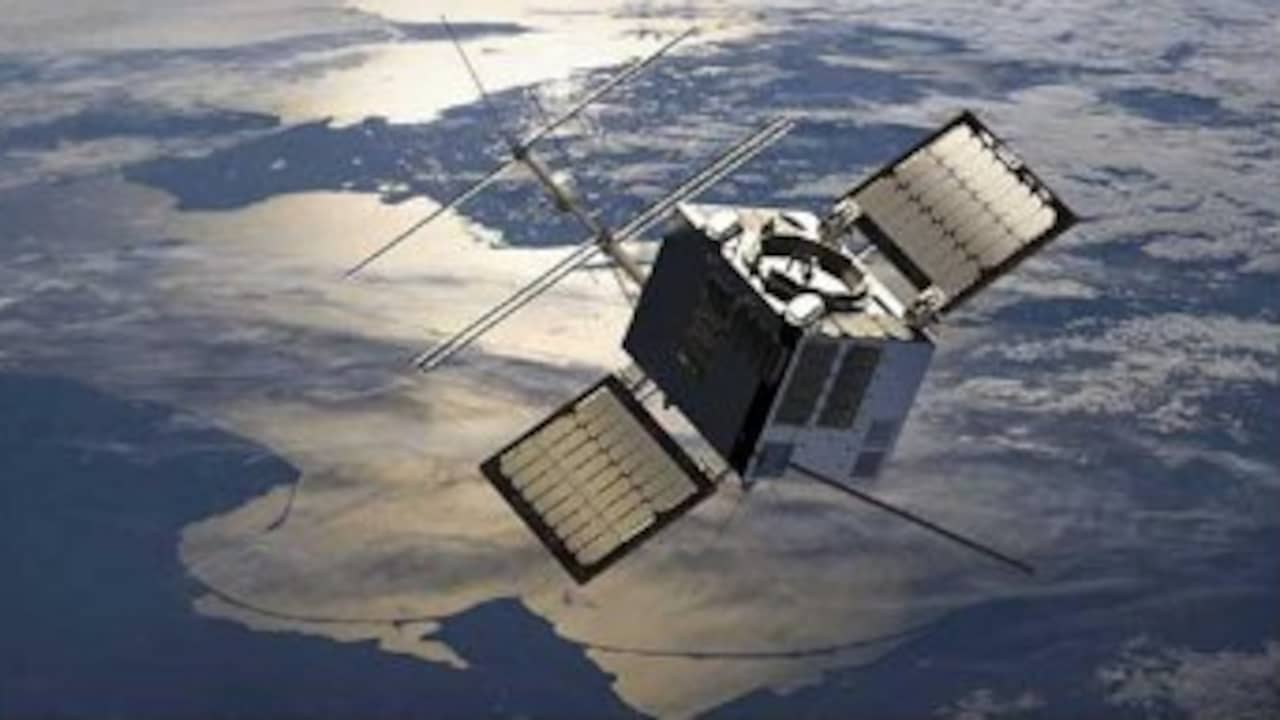A Dutch part of a satellite has successfully sent data to Earth using a laser beam. This is a first for the Netherlands, says the research institute TNO, which developed the space instrument.
Lasers are faster than the radio frequencies currently used. They are also more difficult to intercept and eavesdrop on.
Laser beams were sent using the Dutch SmallCAT device. This was integrated into the Norwegian satellite launched last year.
During the test, SmallCAT sent a laser beam with data to a ground station in the sand dunes near The Hague. Another beam went to a receiver on the Spanish island of Tenerife. This happened at a speed of 1 Gbps.
“This is a huge challenge, because the satellite is moving at an altitude of 500 kilometers at a speed of 28,000 kilometers per hour,” says TNO.
Amazon and the militaries are also interested in laser communications
The intention is that in the future many laser satellites will orbit the Earth to conduct such communications. For example, the technology company Amazon is working on creating a satellite network under the name Project Kuiper.
Armies are also interested. At the end of last year, the American space probe Psyche sent a message via laser to a distance of approximately 16 million kilometers to Earth.








More Stories
GALA lacks a chapter on e-health
Weird beer can taste really good.
Planets contain much more water than previously thought